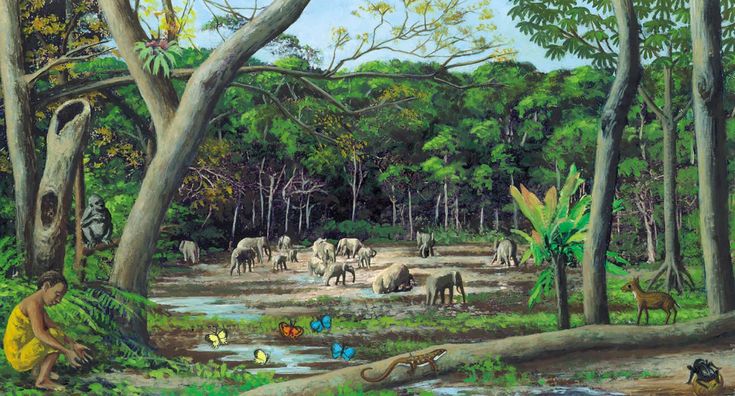An Overview of Mammals
Mammals are an incredibly diverse class of animals that serve essential roles in natural habitats around the earth. From towering plant-eaters to fleet hunters, and from majestic marine titans to complex monkeys, mammals offer a captivating glimpse into the intricacy of the creature kingdom.
This guide provides a brief overview of key mammal categories, offering a snapshot of their distinct qualities and environmental significance.
1. Big Cats
Some of nature’s most formidable creatures roam across continents, hunting with raw power and grace. Known collectively as big cats, these iconic animals reign over wilderness with strength, agility, and cunning like no other.
Lion
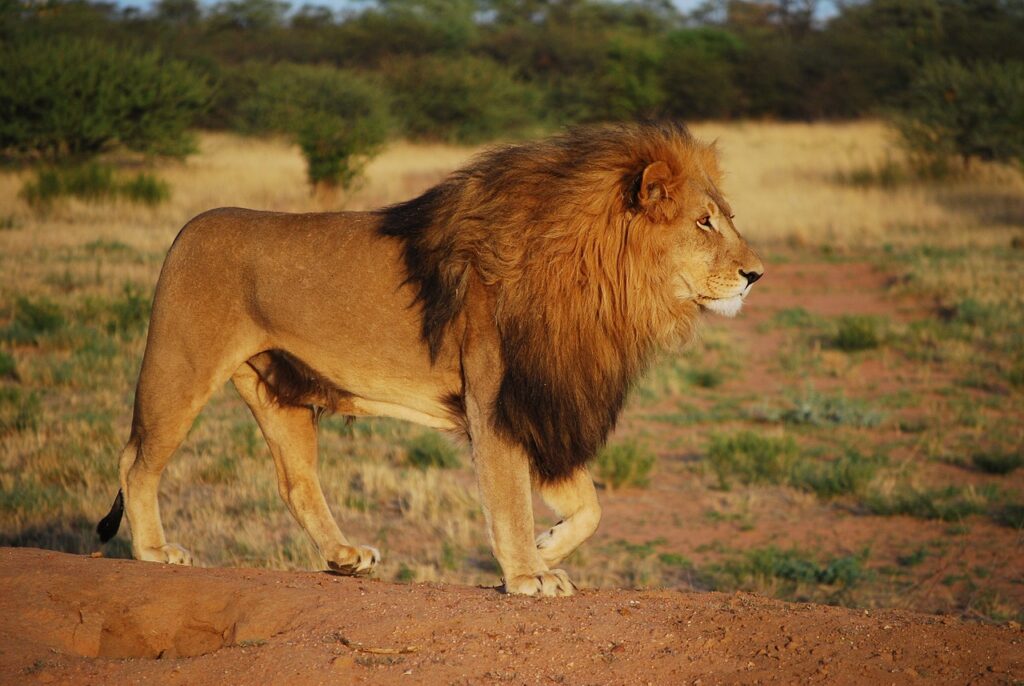
Lions are often deemed the noble rulers of grasslands, living and hunting together in family units called prides. With luxurious manes and mighty roars, the lion represents grandeur and dominance befitting a monarch.
Tigers
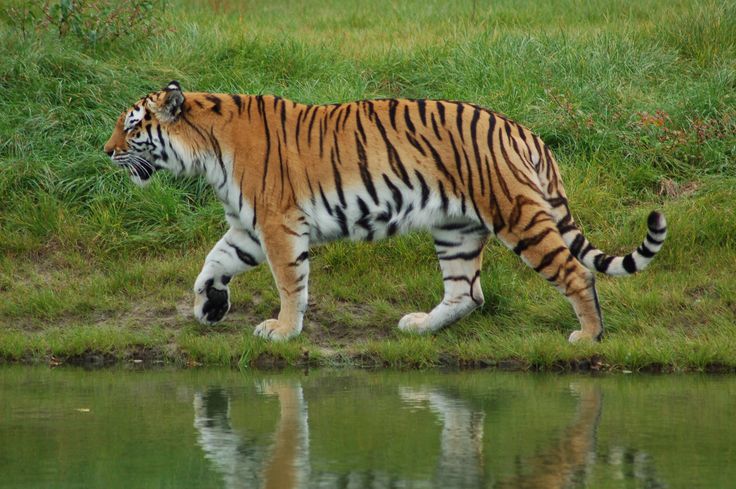
The largest of big cats, tigers boast coats of burnt orange splashed with inky stripes, prowling forests unseen until prey is seized. Solitary but supreme hunters, these felines epitomize speed and stealth across Asia’s jungles.
Leopards
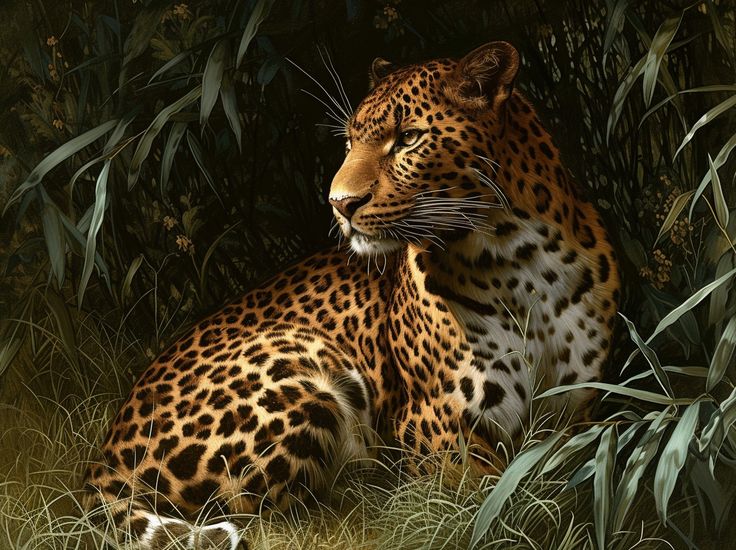
Nature’s true chameleons, leopards sport bold rosettes granting perfect camouflage in diverse terrain from Africa’s plains to Asia’s hills. Versatile survivalists, no environment can contain their cunning presence.
Cheetah’s
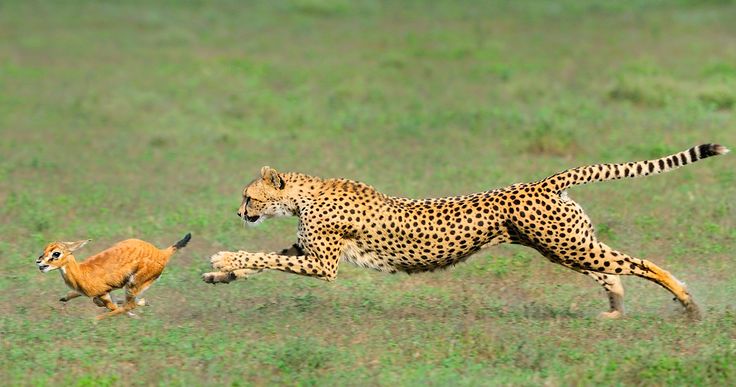
As land’s fastest creatures capable of 120 kph bursts, cheetahs chase down victims with lithe forms and large nostrils evolved for rapid pursuit. Agility personified, none can outrun these hunters when prey is in sight.
2. Primates
Primates encompass an incredibly diverse order of mammals renowned for their complex behaviours and elevated levels of intellect. They range from large monkeys to small apes.
Gorillas
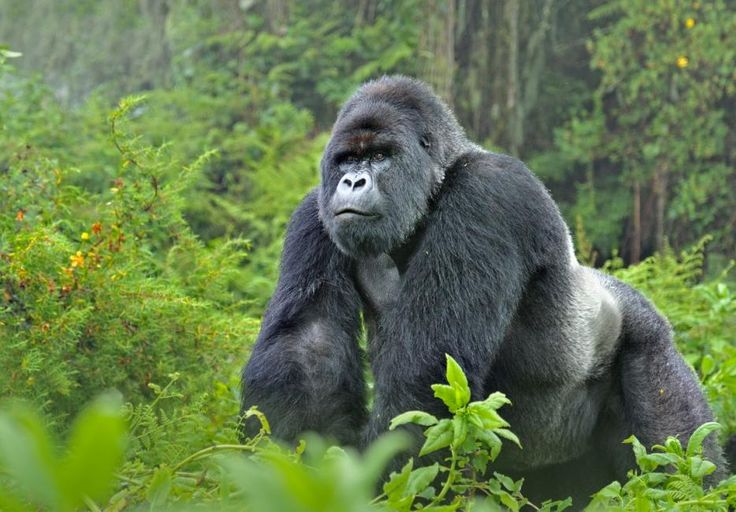
Gorillas, known for their immense strength and size, live in troops as primarily herbivorous feeders on leaves, stems, and fruit. Their group structure contributes to complex social behaviours within impressive communities.
Chimpanzees
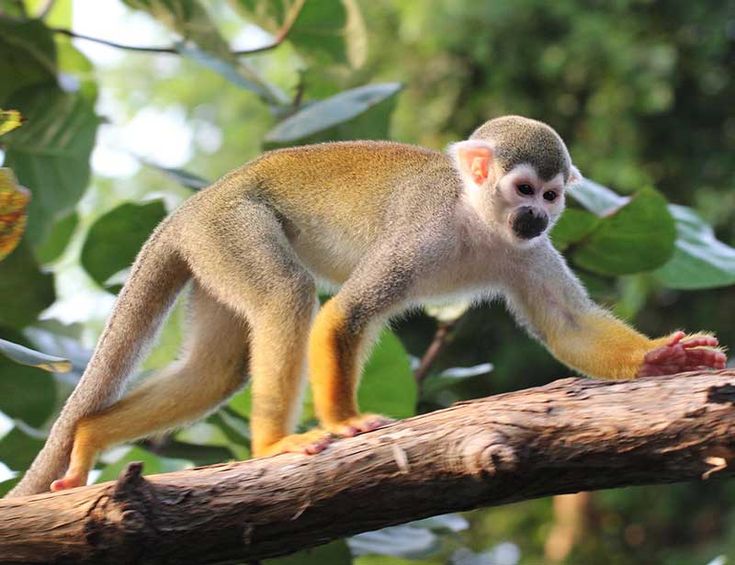
Close relatives to humans, chimpanzees demonstrate advanced tool usage within their intricate societies, adapting various environments as highly skilled omnivores. Their advanced problem-solving aids survival across diverse landscapes.
Monkeys
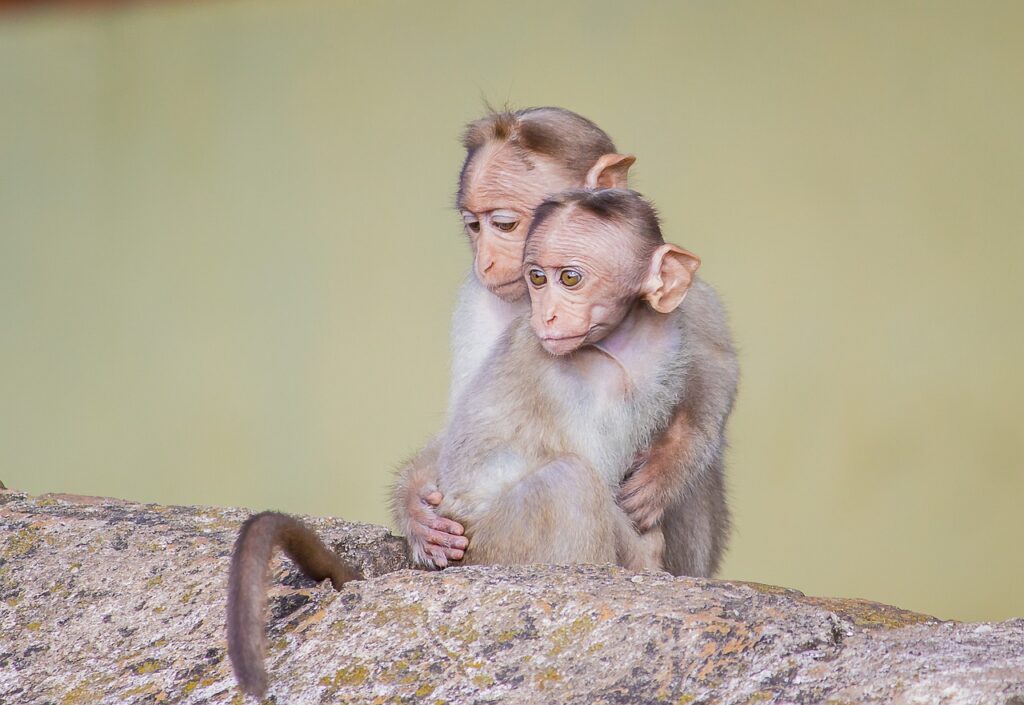
Divided into New and Old World groups, monkeys showcase agility and diverse diets, supporting intricate social structures across forests, grasslands, and mountains. Varied ecosystems allow complex cultures to flourish.
3. Herbivores
Herbivores fill crucial roles by maintaining balance, controlling vegetation as key grazers while sustaining critical carnivore populations. Adaptable eaters shape habitats through consumption.
Elephants
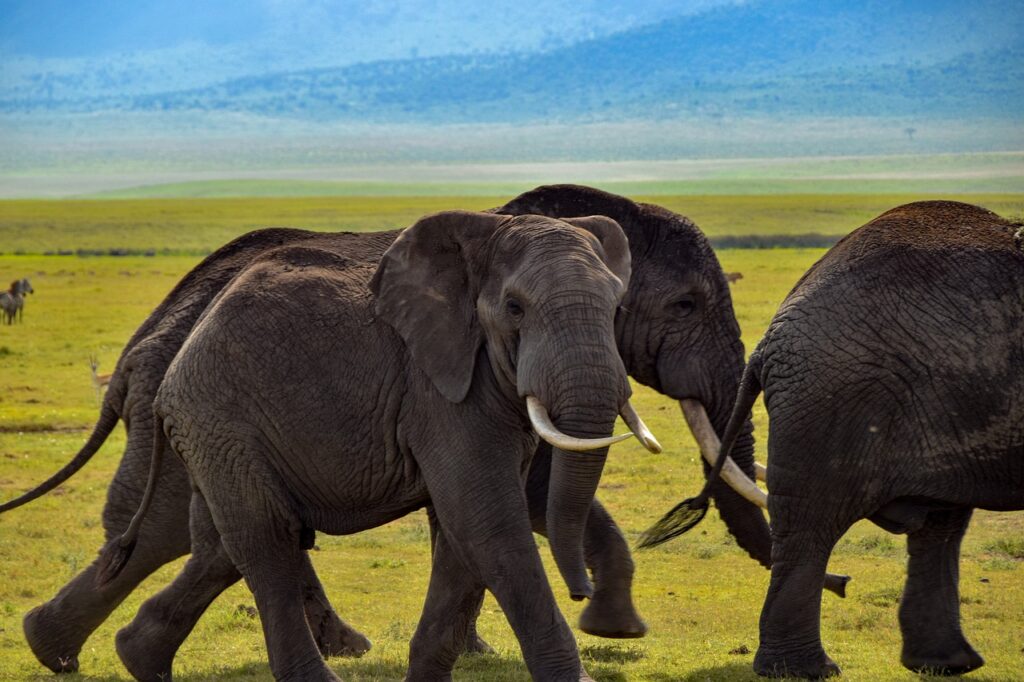
Africa and Asia’s largest land mammals, elephants develop cultural practices using trunks and defending valuable resources. As keystone shapers of savannah and jungle, their planting aids diverse species.
Giraffes
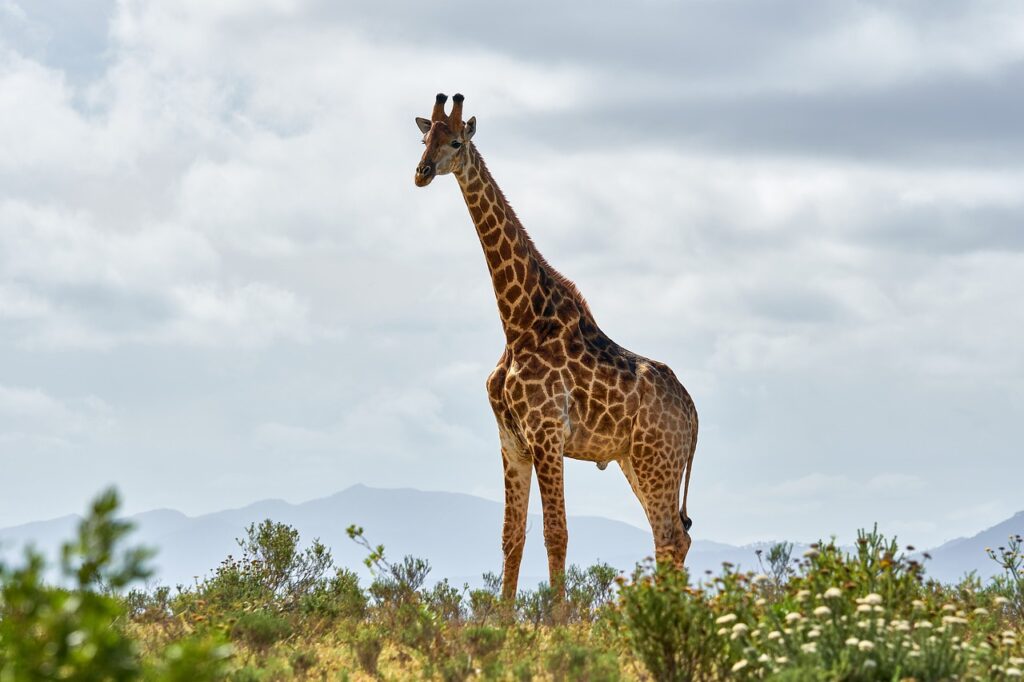
With long necks reaching treetop sustenance, giraffes live peacefully in herds while transforming plains. Gentle giants contribute to the success of myriad forms across varied elevations.
Rhinos
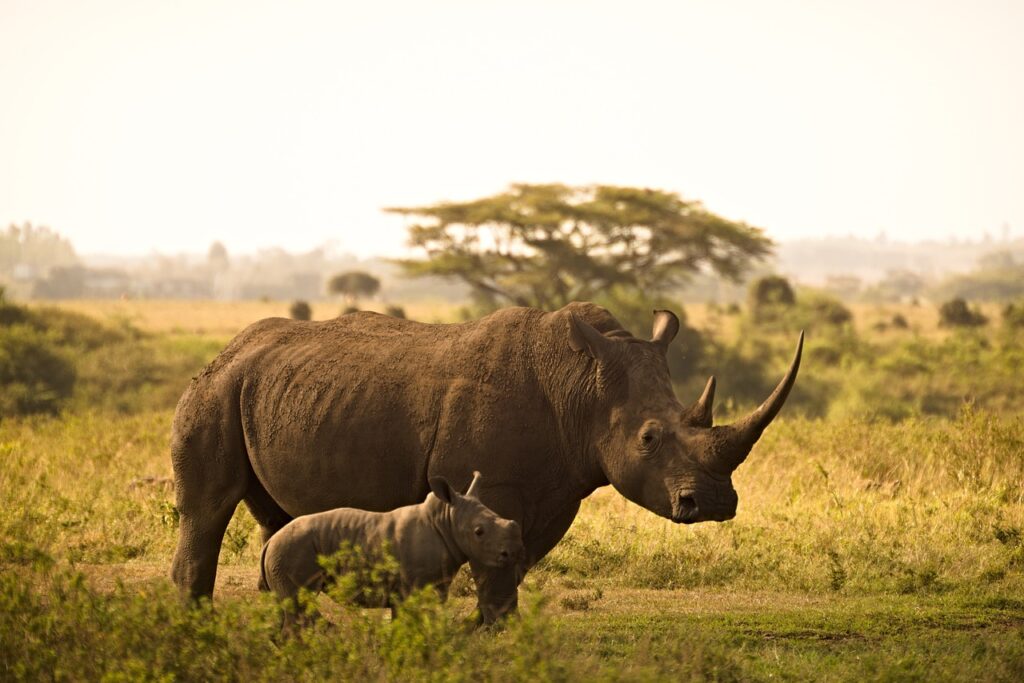
Horned vegetative clearers populate terrain from jungles to grasslands, supporting myriad nesting species and guiding water flows. Critical grazers sustain life’s rhythms within diverse regions.
Deer
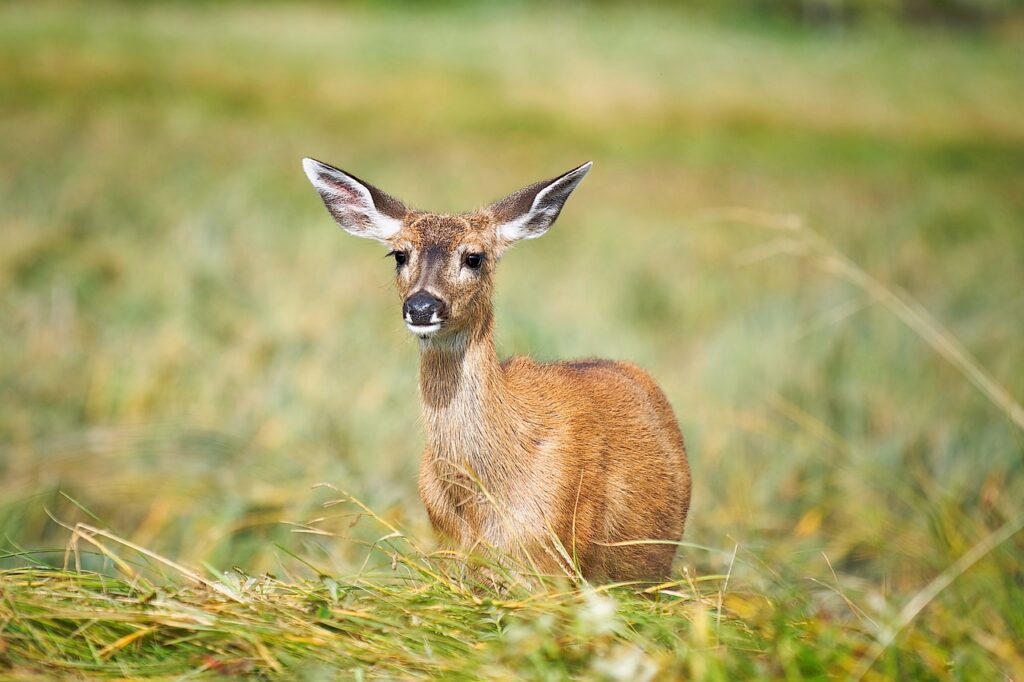
Widespread and adaptable browsers come in many sizes, contributing to health of forests and fields through consumption. Agile grazers face challenges as important sustenance for powerful predators.
4. Carnivores
Meat-eating mammals showcase hunting talents while maintaining prey populations’ balances. Deadly but essential partners shape ecosystems through complex predator-prey relations.
Bears
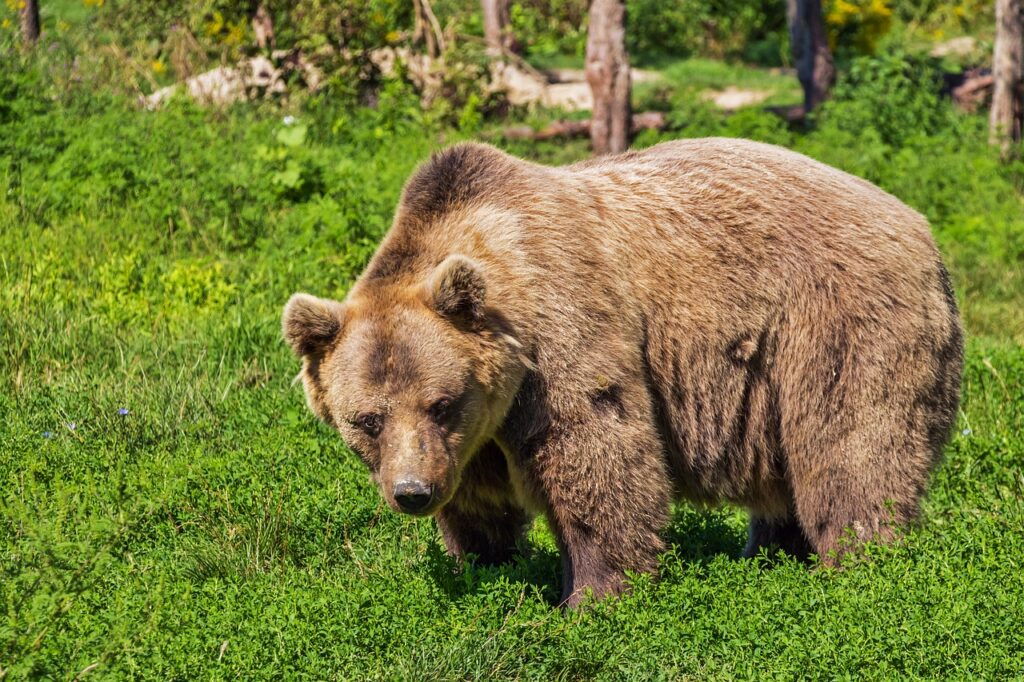
Bears (Ursidae) are large, omnivorous mammals found in various habitats across the planet. Ranging from the mighty polar bear to the lesser panda, bears exhibit tremendous strength and adaptability to their surroundings.
Wolves
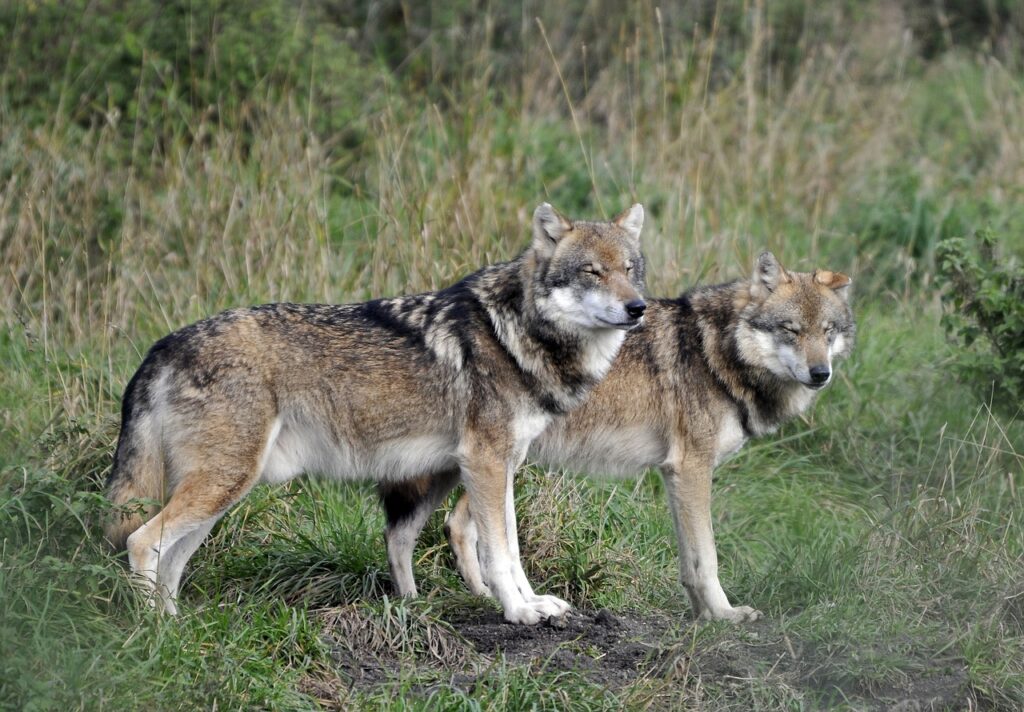
Wolves (Canis lupus) live in complex social packs, cooperating to hunt prey and defend territory. Through balanced predation, they play a pivotal role in regulating populations and preserving ecological balance.
Hyenas
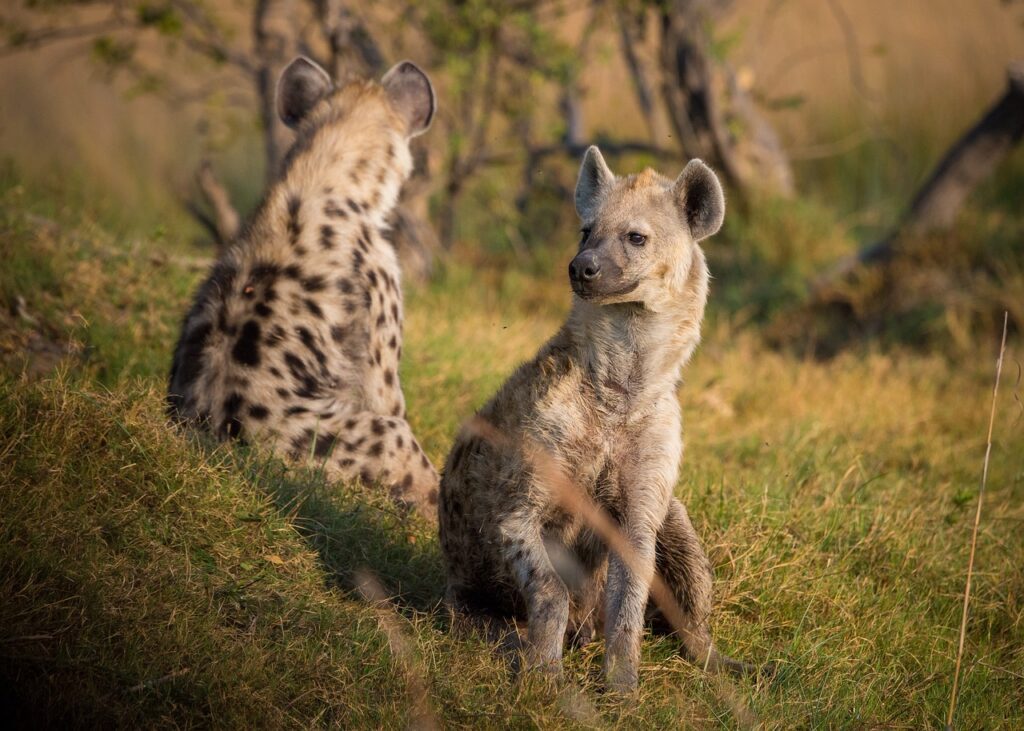
Often misunderstood, hyenas (Hyaenidae) demonstrate highly sophisticated social dynamics within their clans. While their scavenging habits are commonly misconstrued, hyenas are in fact formidable predators that efficiently maintain ecosystems.
5. Marine Mammals
Marine mammals exhibit a diversity of forms across titans of the deep like whales and nimble acrobats of the seas such as dolphins. Crucial to oceanic functioning, they provide insight into the wellbeing of our aqueous realm.
Whales
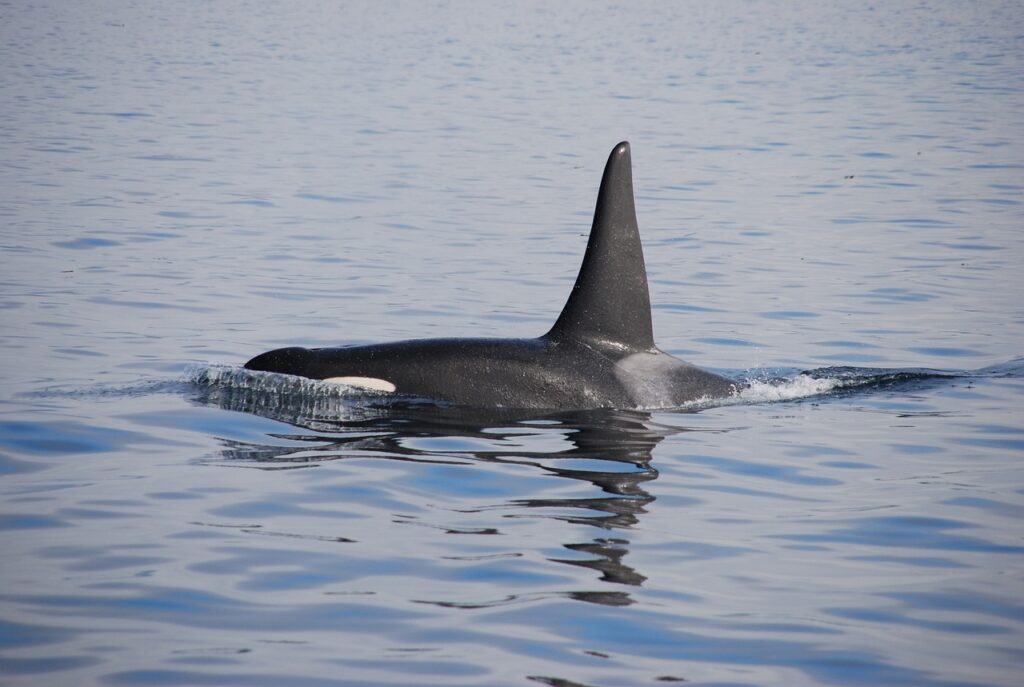
Whales (Cetacea) encompass leviathans the size of mountains and kindred spirits alike in orcas. As the largest animals to ever exist, their roles in nutrient distribution and stabilizing marine food webs are monumental to ocean health.
Dolphins
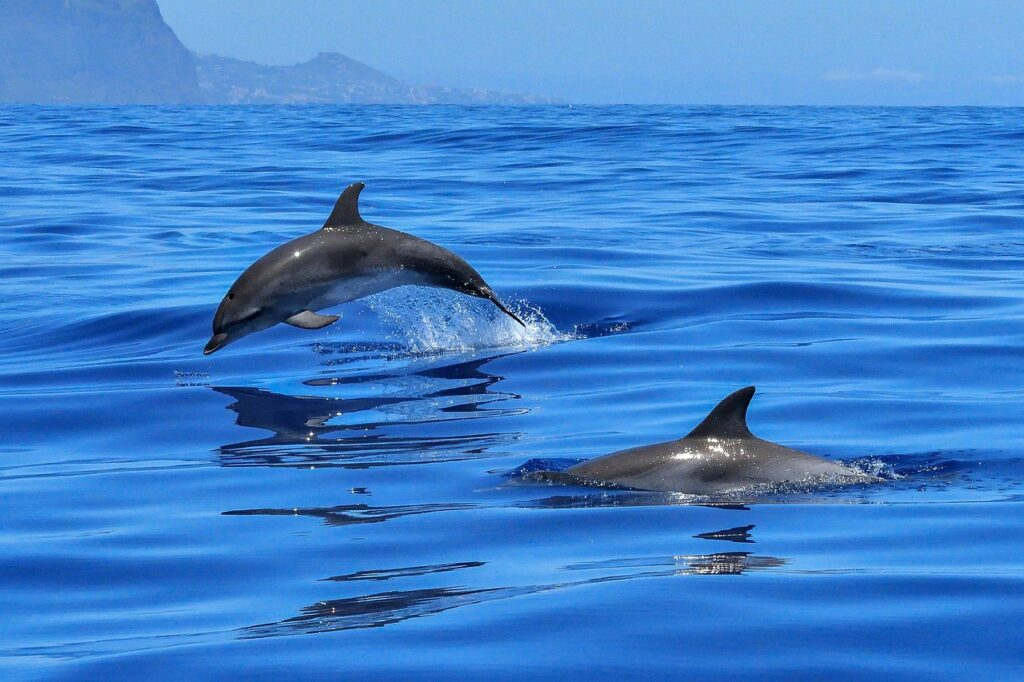
Dolphins (Delphinidae) demonstrate unparalleled intelligence and communal tendencies, known for playful antics and nuanced communication. Apex ocean hunters, they contribute greatly to marine environmental equilibrium.
Seals

Seals (Phocidae) inhabit diverse oceanic landscapes with grace and prowess. Expert swimmers and fishermen, they are a key component of ecosystems, preying on fish and more.
Conclusion:
Mammals contribute considerably to ecosystem balance, from solitary cheetahs across the African plains to vast communities of dolphins roaming oceans worldwide. Whether hunting alone or collaborating in pods, each species influences nature’s order in singular ways. The elegant yet mighty elephant’s impact, for example, stems not just from its towering stature but also its social tendencies and planting behaviours. Delving deep into detailed examinations of mammals’ diverse existences expands our value of their irreplaceable roles. From graceful marine giants to powerful big cats prowling grasslands, protecting these incredible creatures through thoughtful understanding is crucial to sustaining balance in the natural world for all future generations to appreciate.
